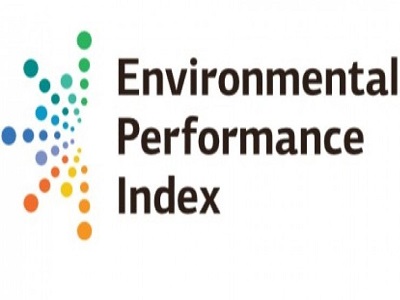- Details
The Environmental Performance Indicator (EPI), a list produced by Yale University and Columbia University, has revealed the scoring of 180 countries and their performance regarding Ecosystem Vitality (the protection of natural resource services) and Environmental Health (i.e. progress inair pollution or protection of drinking waters that can endanger human health if not considered). These two categories are divided into ten groups in total (such as Forest, Air Quality and Water Resources), and in turn these categories constitute 24 indicators all together. For instance, Tree Cover Loss is an indicator for the Forest group (which is subcategorized under environmental health) and Waste Water treatment is an indicator for Water Resources (subcategorized under Ecosystem Vitality). Further explanations of the meaning of Ecosystem Vitality and Environmental Health can be found in the Methodology chapter. What the rankings show is how far away – or close – a country is from achieving environmental policy objectives. If a country scores low on the EPI scale, it needs to increase its efforts in several areas. Additionally, for some nations, improved stability in official institutions could also be of help. According to the 2018 EPI report, this year’s overall progress (which has been somewhat slow) is mostly related to environmental quality.
- Details
ISET would like to congratulate two of its resident faculty members, Karine Torosyan and Norberto Pignatti, together with our visiting faculty member Maksym Obrizan, on the publication of their new joint paper “Job market outcomes of IDPs: the case of Georgia”, in the IZA Discussion Paper Series from the the Institute of Labor Economics, Bonn (the series is ranked 6th worldwide for economics by IDEAS/RePEc). The paper was also published as Human Capital and Economic Opportunity Working Group (HCEO) Working Paper (the HCEO working paper series is one of the two Working Paper Series of the prestigious Becker Friedman Institute for Research in Economics (BFI), University of Chicago).












